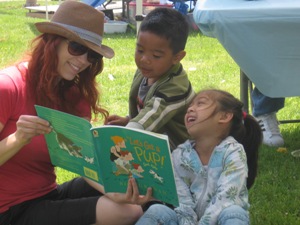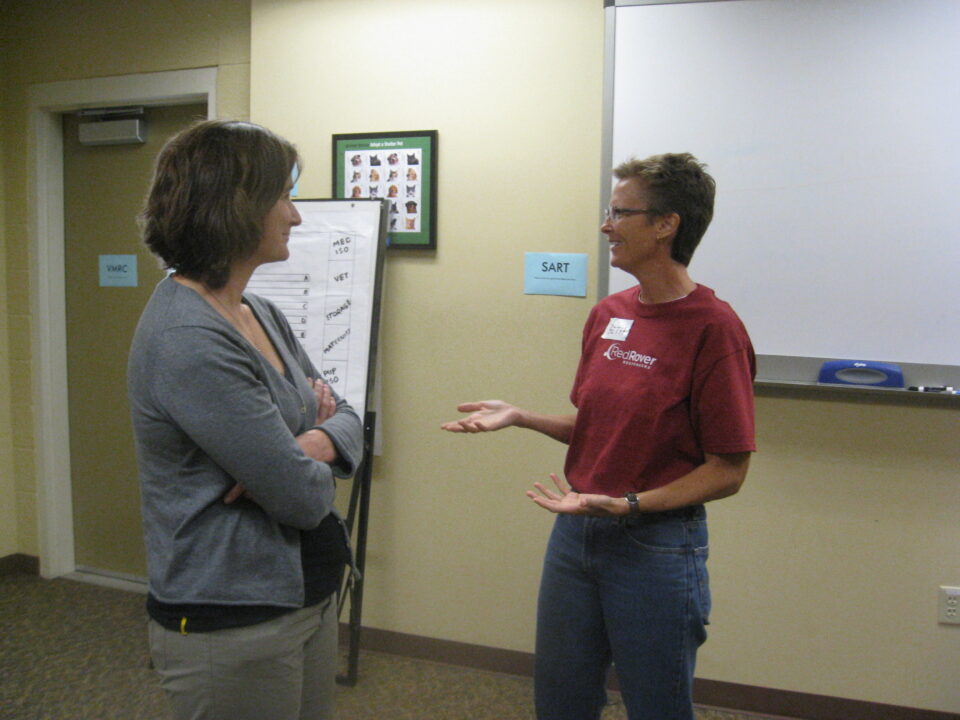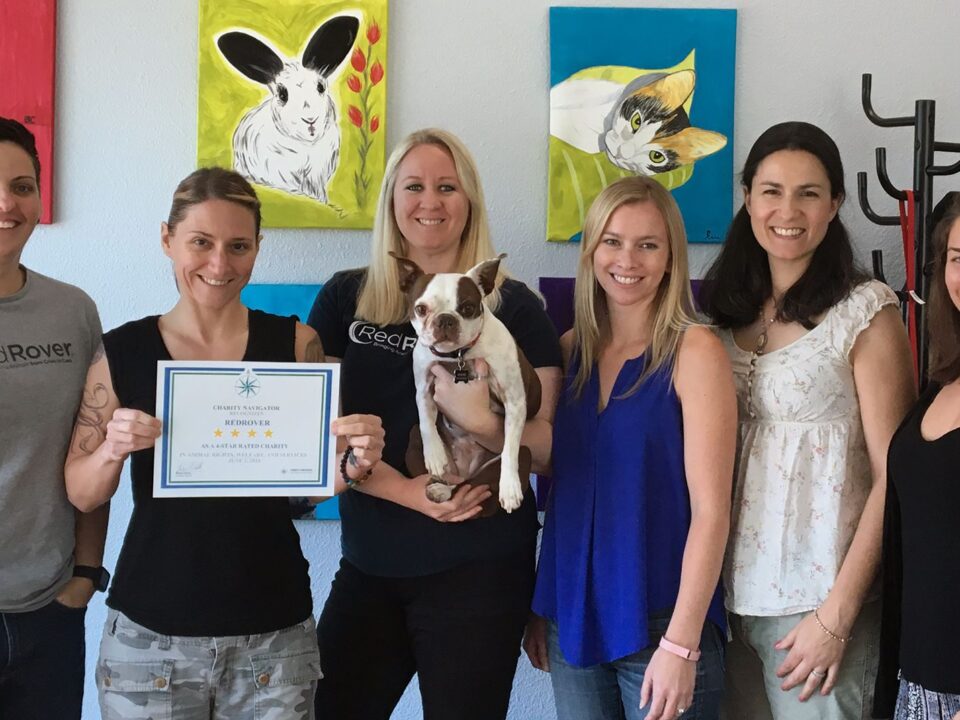What’s wrong with talking animals in children’s books?
April 1st, 2014
Anthropomorphism in children’s literature
 What happens when a child’s early impressions of animals are primarily stories of animals talking and wearing clothes? Recent research suggests books with anthropomorphized animal characters “lead to less learning and influence childrens’ conceptual knowledge about animals.”
What happens when a child’s early impressions of animals are primarily stories of animals talking and wearing clothes? Recent research suggests books with anthropomorphized animal characters “lead to less learning and influence childrens’ conceptual knowledge about animals.”
I hope this new research does not lead to a frenzy over anthropomorphizing or new recommendations to parents to limit these kinds of books, which are often wondrous and magical and have instilled a love of books in children for generations. But it does raise important questions: If a child grows up with the imaginative stories and characters such as Peter Rabbit, Winnie-the-Pooh and Curious George, and isn’t provided opportunities to learn realistic animal behavior, what happens to their view of animals and more importantly, how they treat animals?
When it comes to fiction, children are overwhelmingly exposed to more books where animals are anthropomorphized as opposed to acting like real animals. The recent research results show that “the language used to describe animals in books has an effect on children’s tendency to attribute human-like traits to animals, and that anthropomorphic storybooks affect younger children’s learning of novel facts about animals. These results indicate that anthropomorphized animals in books may not only lead to less learning but also influence children’s conceptual knowledge of animals.” (Ganea et al. 2014)
How children conceptualize animals likely carries over into their adulthood. If children attribute human-like behaviors or emotions onto non-human animals, they may miss opportunities to learn what animals are really trying to communicate or what they need – especially if they do not grow up with animals at home and have very little opportunity to learn about animal behavior, particularly domestic animal behavior, in school. And if they do, it is rarely in the form of fiction: Reading fiction provides the added benefit of allowing the reader to practice taking the perspectives of characters, thereby reinforcing learning (and empathy) through the process of trying to piece together an accurate understanding of motives underlying behaviors. Children with a confused conceptualization of animals may also become adults who, rather than over-anthropomorphize, go the other extreme and fail to see animals as having emotions or anything else in common with humans, which may lead to animal cruelty and neglect. Humans, after all, are animals and share a lot in common with other animals, especially mammals.
 One of the books we use in our RedRover Readers program, “Duncan and Dolores,” shows a classic example of a young girl failing to understand her cat, who she tries to play with by dressing him up. With help from an older sister, the girl learns to “listen” to what the cat wants. Without this guidance there would have been a missed opportunity for the girl to develop a positive relationship with another living being. When we read this book to children, we show the pictures of the cat, Duncan, acting like a cat, running away from the girl, and ask, “How do you think Duncan is feeling? How do you know?”
One of the books we use in our RedRover Readers program, “Duncan and Dolores,” shows a classic example of a young girl failing to understand her cat, who she tries to play with by dressing him up. With help from an older sister, the girl learns to “listen” to what the cat wants. Without this guidance there would have been a missed opportunity for the girl to develop a positive relationship with another living being. When we read this book to children, we show the pictures of the cat, Duncan, acting like a cat, running away from the girl, and ask, “How do you think Duncan is feeling? How do you know?”
Tips for parents and educators
Incorporating more realistic books about animals into a child’s library is a great start to balance their exposure to anthropomorphism. All of the books used in the RedRover Readers program depict accurate animal behavior in some way, although the line often becomes blurry. In one book, “So, What’s It Like To Be A Cat?” the cat talks and dances – but he is talking about realistic cat behaviors. It’s a great book to use to to ask children questions like, “Why do you think the author has the cat talking?” and “Why would a boy interview a cat?”
Asking children questions is another way to help children develop a solid, healthy conceptual knowledge of animals. This is a strategy we use in the RedRover Readers program. By asking children what they think about the behaviors and emotions characters are displaying, teachers and parents can help children learn how to compare and contrast what is imaginative and what is real. Ask young children if they think a real dog or elephant would talk or wear clothes and also ask them to think like a real dog or a real elephant. Learn about animal behavior with your children or students. Tell them, “Scientists believe dogs dream,” and then ask, “What do you think dogs would dream about?” Ask, “Why do you think writers like to make animals act like people?”
For more question strategies, download RedRover Readers: Guide to Reading to Build Empathy



